This guide explores the diverse uses of Minecraft's floral bounty, from crafting dyes to landscaping and collecting rare varieties. Let's delve into the unique properties and applications of various flowers.
Table of Contents
Poppy | Dandelion | Allium | Rose Bush | Wither Rose | Peony Bush | Lily of the Valley | Tulip | Azure Bluet | Blue Orchid | Cornflower | Torchflower | Lilac | Oxeye Daisy | Sunflower
Poppy
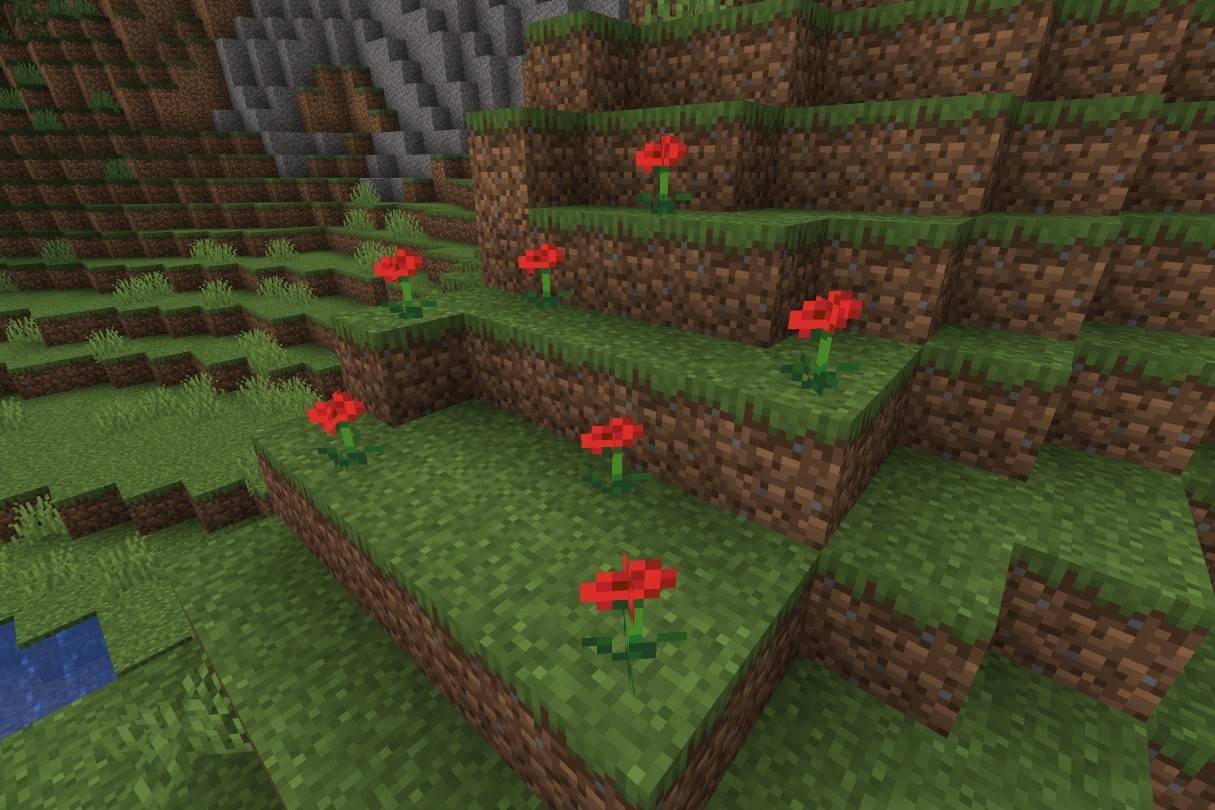 Image: ensigame.com
Image: ensigame.com
Replacing the original "rose" and cyan flowers, poppies are readily found in various biomes and dropped by Iron Golems. Their primary function is crafting red dye, essential for coloring banners, beds, wool, sheep, and wolf collars.
Dandelion
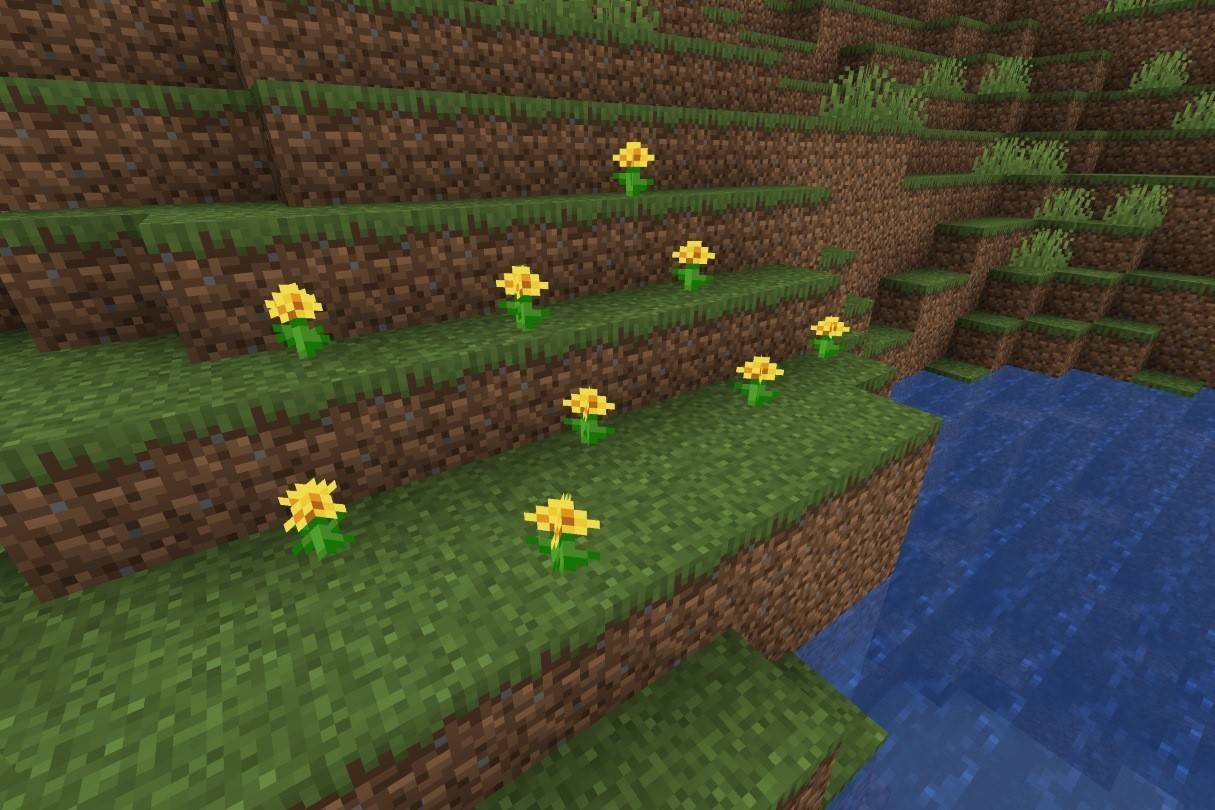 Image: ensigame.com
Image: ensigame.com
These bright yellow flowers, absent from marshes and ice plains, are abundant in flower forests. They yield yellow dye, a valuable asset for brightening banners and wool, although sunflowers provide double the yield.
Allium
 Image: ensigame.com
Image: ensigame.com
Native to flower forests, alliums produce magenta dye, crucial for coloring mobs and crafting magenta stained glass, terracotta, and wool. Their vibrant purple adds a touch of elegance to any build.
Rose Bush
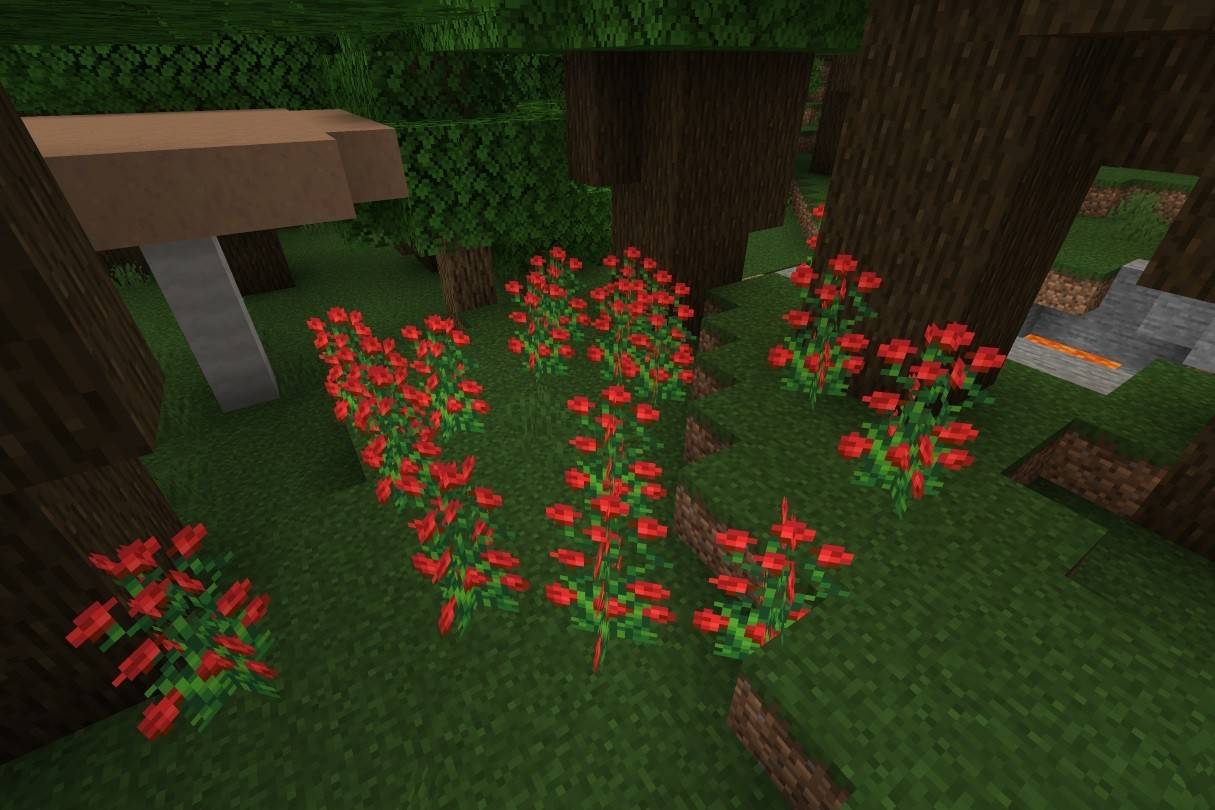 Image: ensigame.com
Image: ensigame.com
A two-block-high plant found in wooded biomes, the rose bush provides red dye for wool, banners, beds, and leather armor. Unlike the wither rose, it's a safe and visually appealing addition to any landscape.
Wither Rose
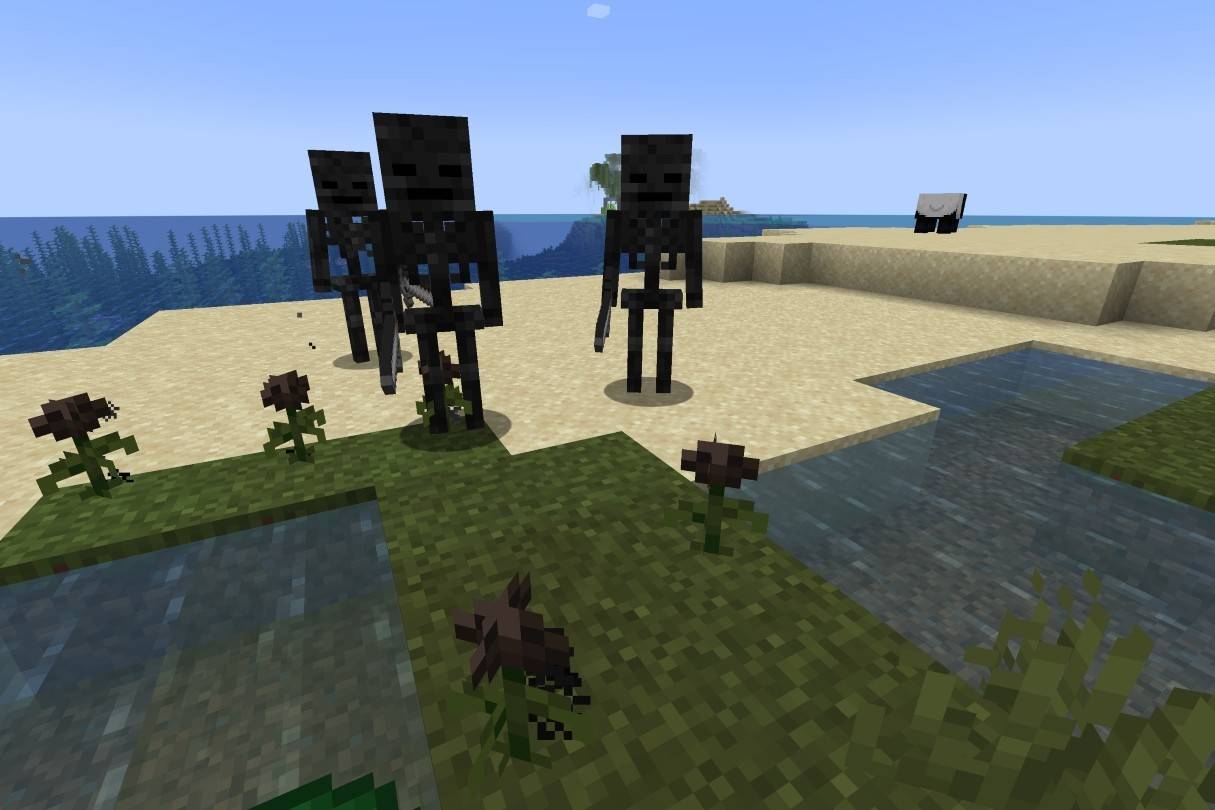 Image: ensigame.com
Image: ensigame.com
Generated by the Wither or rarely found in the Nether, the wither rose inflicts the Wither effect on contact. However, it's the source of black dye, used for coloring leather armor, terracotta, banners, beds, wool, firework stars, and black concrete powder.
Peony Bush
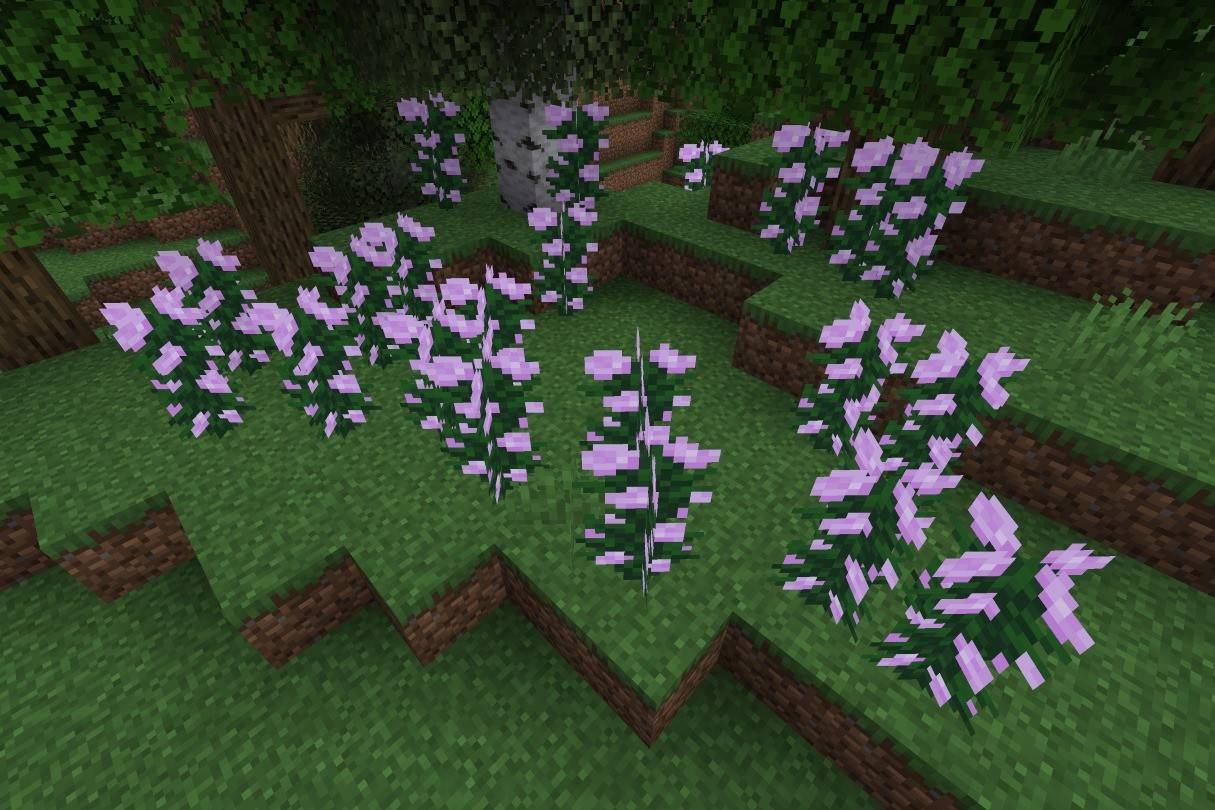 Image: ensigame.com
Image: ensigame.com
These tall pink flowers, found in woodland biomes, yield pink dye (also craftable from red and white dye). They can be propagated with bone meal, offering unlimited cultivation potential.
Lily of the Valley
 Image: ensigame.com
Image: ensigame.com
This delicate white flower, found in forests and flower forests, creates white dye—a base for many other dye colors, including gray, light gray, light blue, lime, magenta, and pink.
Tulip
 Image: ensigame.com
Image: ensigame.com
Available in red, orange, white, and pink varieties, tulips offer diverse dyeing options, depending on their color. They are a valuable resource in plains and flower forests.
Azure Bluet
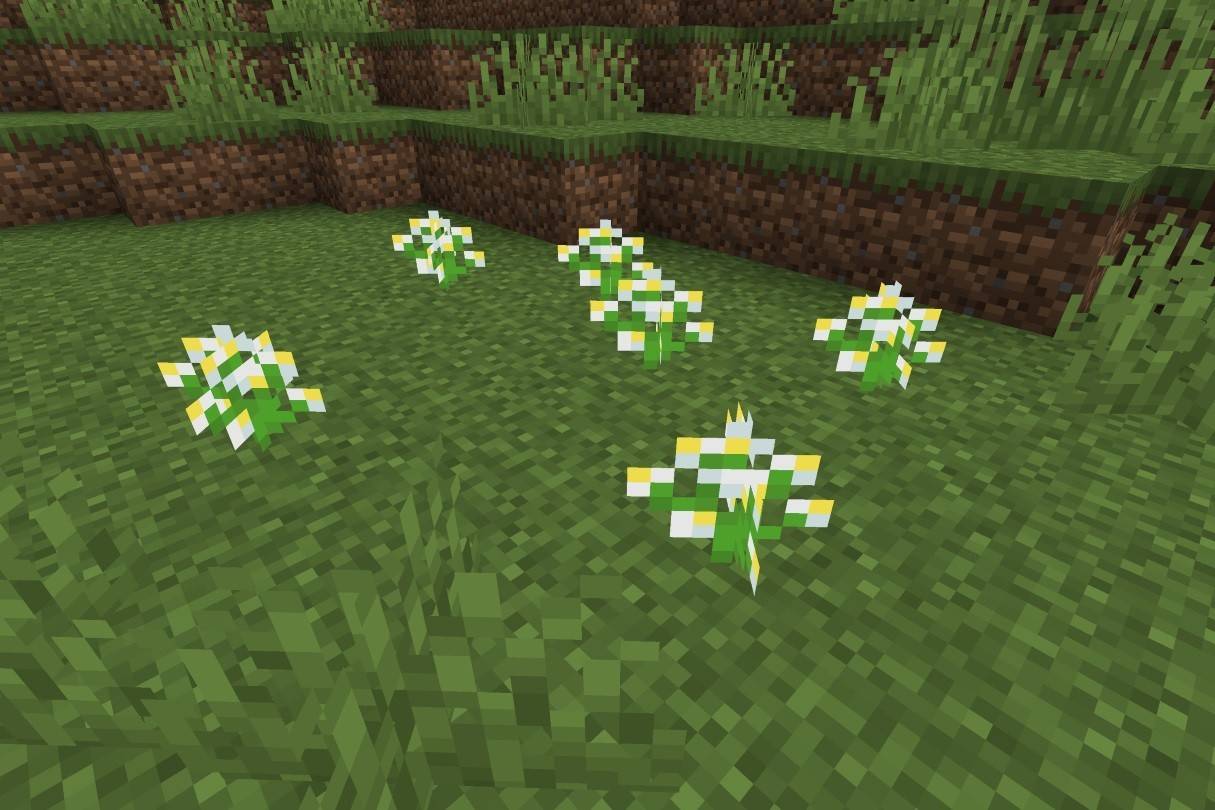 Image: ensigame.com
Image: ensigame.com
This small white and yellow flower, found in grasslands, sunflower plains, and flower forests, is used to create light gray dye.
Blue Orchid
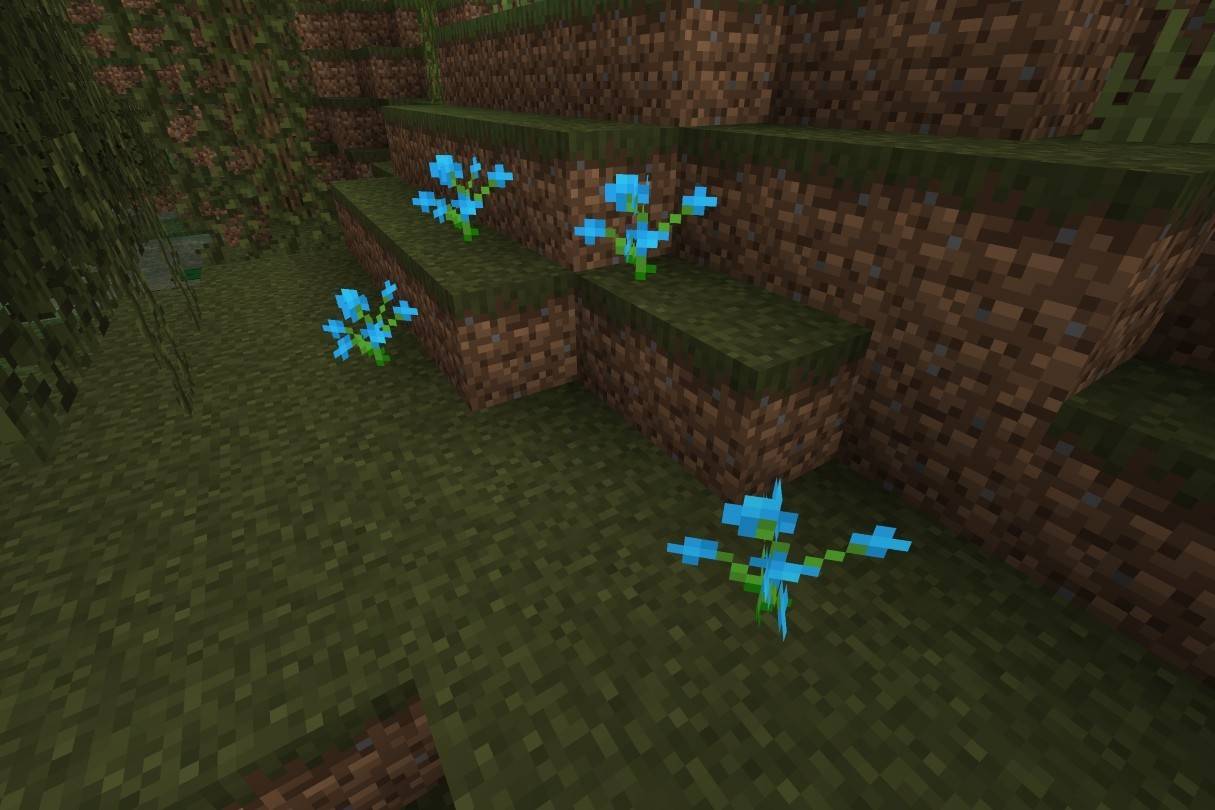 Image: ensigame.com
Image: ensigame.com
A rare flower found in swamps and taigas, the blue orchid is a source of light blue dye.
Cornflower
 Image: ensigame.com
Image: ensigame.com
These blue flowers, found in plains and flower forests, yield blue dye for coloring wool, glass, and terracotta.
Torchflower
 Image: ensigame.com
Image: ensigame.com
Grown from seeds, the torchflower produces orange dye. Its behavior differs slightly between Java and Bedrock editions.
Lilac
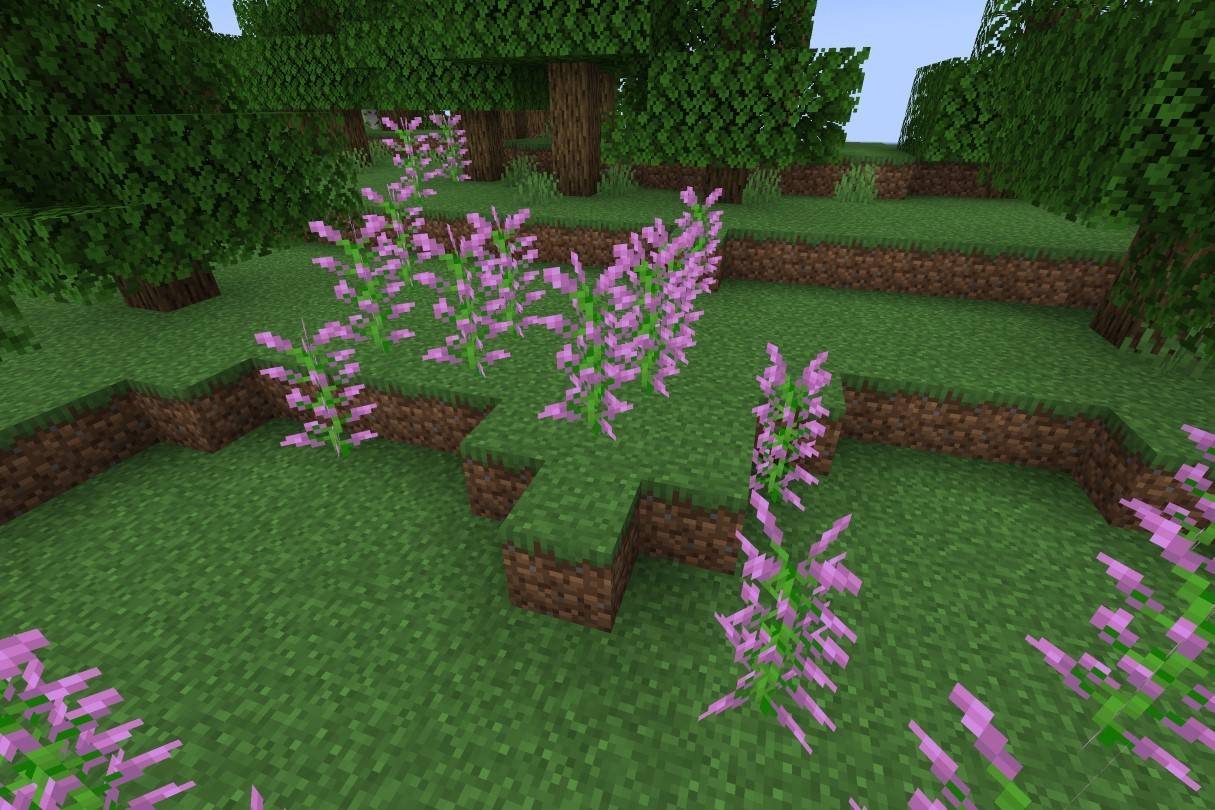 Image: ensigame.com
Image: ensigame.com
This two-block-high flower, found in various forest biomes, yields magenta dye.
Oxeye Daisy
 Image: ensigame.com
Image: ensigame.com
Found in plains biomes, the oxeye daisy produces light gray dye and can be used for decorative purposes.
Sunflower
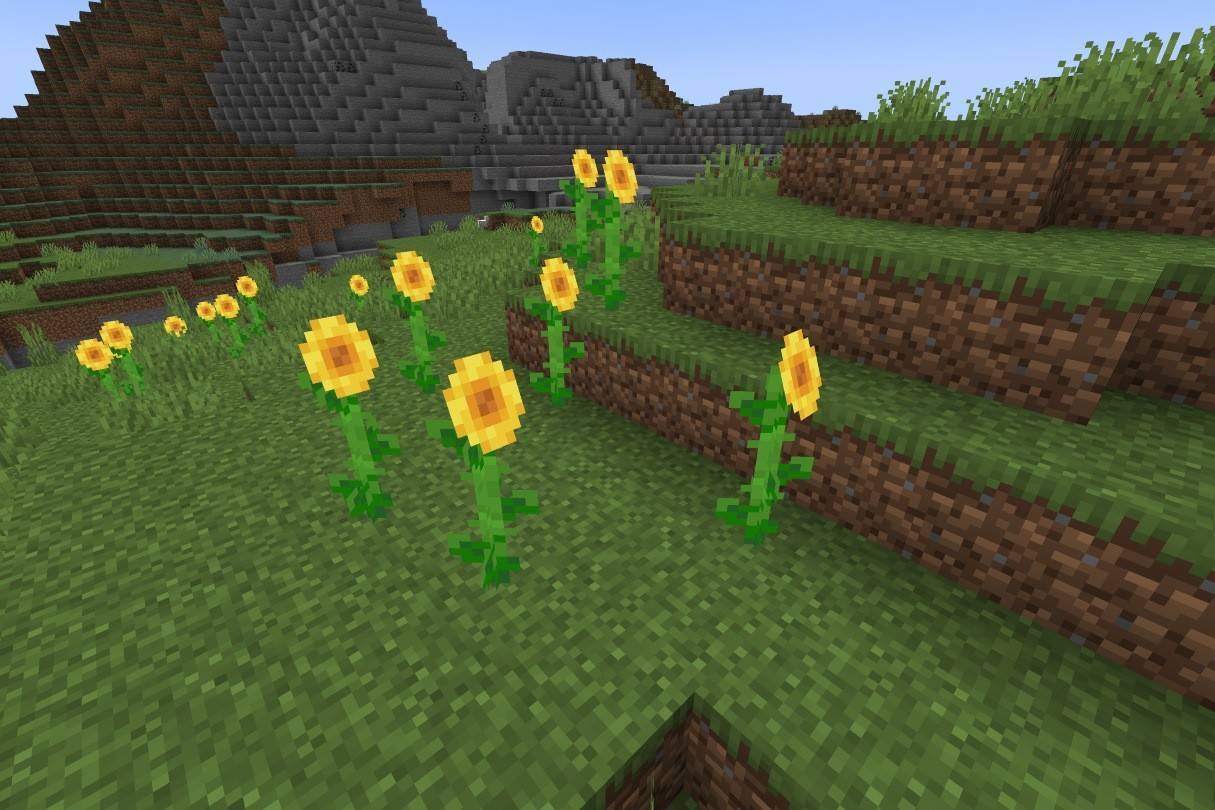 Image: ensigame.com
Image: ensigame.com
Found in sunflower plains, these tall flowers yield yellow dye and are useful for navigation due to their eastward orientation.
Harness the potential of these botanical wonders to enhance your Minecraft experience!







![NULL [Remastered]](https://imgs.39man.com/uploads/71/1719651062667fcaf6c483b.png)








